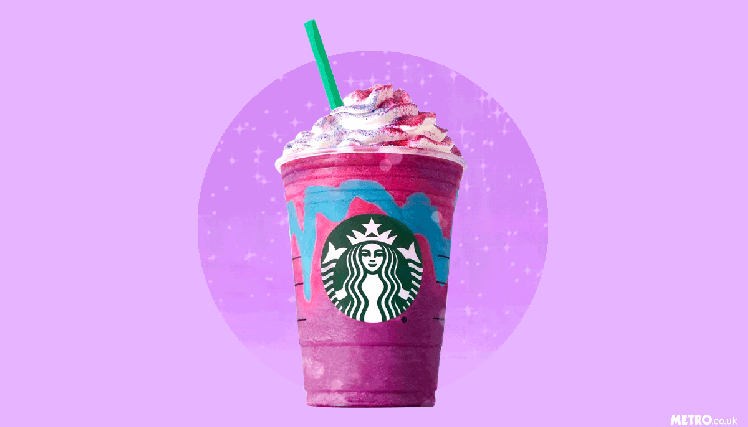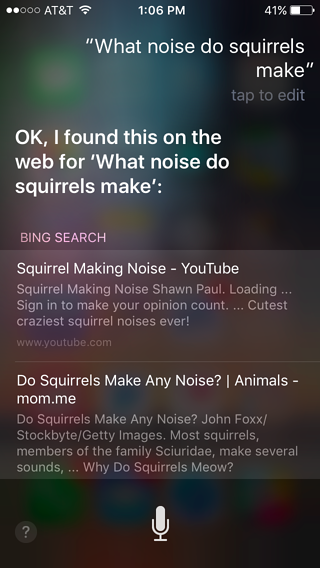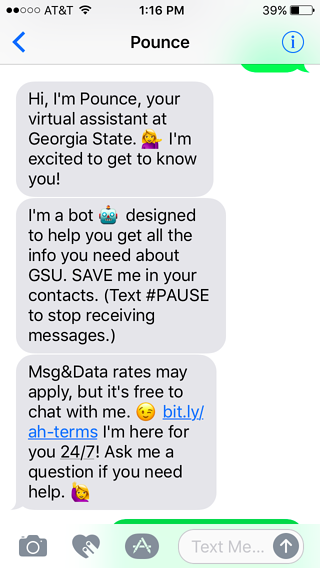Just as we were getting used to all of the talk about Millennials, another generation emerges: Generation Z. These young Americans have thrust themselves into the spotlight like a new SnapChat filter, music festival, or Unicorn Frappuccino.

They are the the world’s most technologically reliant–and savvy–generation. They are one of the fastest-growing demographics with over 70 million people. Being born into a connected world has shaped many of the characteristics of this generation that now accounts for over a quarter of the U.S. population.
This post explores how they differ from their counterparts of the past, including their desire for on-demand information, rapid consumption of parcels of info, untethered connectivity, and modern conversational style.
Different from Past Generations
Being born into the age of the internet means Gen Zers have the ability to engage in a global conversation with anyone and everyone at the touch of a button. The Brand Team for Consumer Apps at Google reports on the importance of the conversation between Gen Z and institutions. The brands that Gen Zers connect with and hold in the highest regard are representations of their values and their expectations of themselves and their peers.
To position itself for success, every college and university should, essentially, look at itself as a brand seeking to connect with this new generation. To win over Gen Z, it also means branding the college in a way that goes beyond its physical campus to include its values and mission.
Everything On-Demand
Every previous generation experienced a time without broadband internet. However, Gen Zers now inhabit a world where they can watch their favorite TV shows on devices in their hands, listen to any song they desire anywhere, anytime, and look at loved ones while they talk to them hundreds or even thousands of miles away.
Theirs is a world that doesn’t think, “Wow, that was fast.” Rather, it questions, “Why is that so slow?” Gen Zers are so immersed in speedy technology that they’re referred to as Digital Natives. In short, while every previous generation was conditioned to “wait,” Gen Z desires instant gratification.
When they have a question, they get the answer with a few clicks, swipes, or voice commands. They still need to understand how to properly vet a source or answer, but one fact remains: They get answers, instantly.
Gen Z’s quick Q&A-style investigating extends beyond academic-oriented research to almost any aspect of life. Like a curious toddler asking his mother “Why?” rapid-fire Gen Z can get answers to even mundane questions like, “How much sleep do I need,” “When is Mother’s Day,” or “What noise do squirrels make?”

Because they are able to send quick pieces of conversation and ask questions over a text, Gen Zers bypass the process of making a phone call, leaving a voicemail, and waiting for a callback. These young people have integrated this circumvention into other parts of life. Students text classmates to find out the homework when their teacher is slow to update the web portal, they use a group text to organize the work on a project, and they even get nervous when a crush doesn’t text back quickly enough.
What’s important is that Gen Z doesn’t like to wait.
“Byte” Sized Consumption
In tandem with getting information on demand, this generation operates with an adapted attention span. Digital “snacking” is how Generation Z consumes. According to Sparks & Honey, the average Gen Z attention span has decreased from 12 seconds (as recorded in 2000) to eight seconds. This means multi-paragraph emails, hour-long lectures, and phone calls no longer have the same impact they once did on youth. While not necessarily a bad thing, this creates a challenge in grabbing and holding their attention.
Gen Z is also more nimble at processing different types of information quickly. They can easily jump from watching a Netflix movie on TV, to editing an essay on a school computer, to checking a text message on a phone, to posting on Instagram on a tablet, to adding their portion of Google Slides presentation on a personal laptop. They do all of this seamlessly, even with multiple distractions in the background.
As older generations shift to accommodate this abbreviated attention span, so do the media. Consider how differently information is packaged today. There’s been a migration away from the notion that people will automatically consume information because it’s available. Instead, the information must be engaging and crafted to fit a generation always ready to head on to the next thing.
Untethered & Always Connected
Smartphones are the tool of choice for Generation Z, which uses them to access the internet. They spend more time connected than not. “Always on,” they have the opportunity to connect with the world from anywhere–and be reached from anywhere.
Gen Z passively consumes information–in all its different forms–instead of actively seeking it out. This distinction places more responsibility on media creators like entertainers, news sources, and even educators who seek to actively engage members of Gen Z.
Gen Z has embraced the small screen and mobile UI where hidden functions appear with a click or swipe, and functions are represented with an icon instead of words. In fact, they’ve become so detached from the origin of some icons, they they don’t know what they actually represent. If you want a laugh, just ask a Gen Zer what the Save icon is!
Conversational
As noted earlier, “conversational” is the style of online interaction, meaning short form, back-and-forth, and personable.
Against this backdrop, Gen Z desires individualized experiences. A Gen Z student interested in product design may not care as much about how many NCAA titles a school has won as she does about what engineering internship opportunities are available. Information must be customized to students’ interests or you risk disengaging them.
The interaction must be personable, as well. This goes beyond more traditional understanding of customer service in which being polite and friendly was key. It’s important to have a conversation in their terms. This doesn’t mean using slang to seem hip or relatable.
Rather, it means building a conversation on their level, and being careful not to alienate them when they ask or say something you don’t understand. For example, many Gen Z students use emoji when they have a conversation. To reach Gen Z, you don’t have to add emoji to every message–or even understand what every single symbol means–but the use of a smiling face every once in awhile can soften some of the formality associated with an educator, administrator, or institution. The conversation itself is multimedia now, according to Gen Z marketing duo David and Jonah Stillman.

While not every occasion calls for it, don’t shy away from using these personable means of reaching the younger generation. You may miss out on valuable connections by not using them.
Meet on Mobile
With so much of Gen Z connected through mobile, there has been a paradigm shift in how older generations appeal to their successors. TV ads need to go viral online to carry the greatest impact. Newspaper articles must embed videos that support the focus of the stories. Emails need vibrant images with robust text and few words. Every brand has to be willing and able to actively engage through conversation.
For Sparks & Honey, a brand is stuck with Millennials if it’s not attempting to reach Generation Z by smartphone. In fact, research conducted by Google and YouGov shows that only 9.6% of Gen Zers do not use smartphones. Marketing guru Gary Vaynerchuck calls mobile the TV of this generation.
This new generation is like none before. That means colleges will need to approach it in new and different ways if they want to fulfill their admission and enrollment goals–and if they want to make powerful and effective connections with Gen Z. For more information, watch our webinar titled “Signal Through The Noise: Reaching Students of Generation Z.”
co-authored by Adrian Serna
